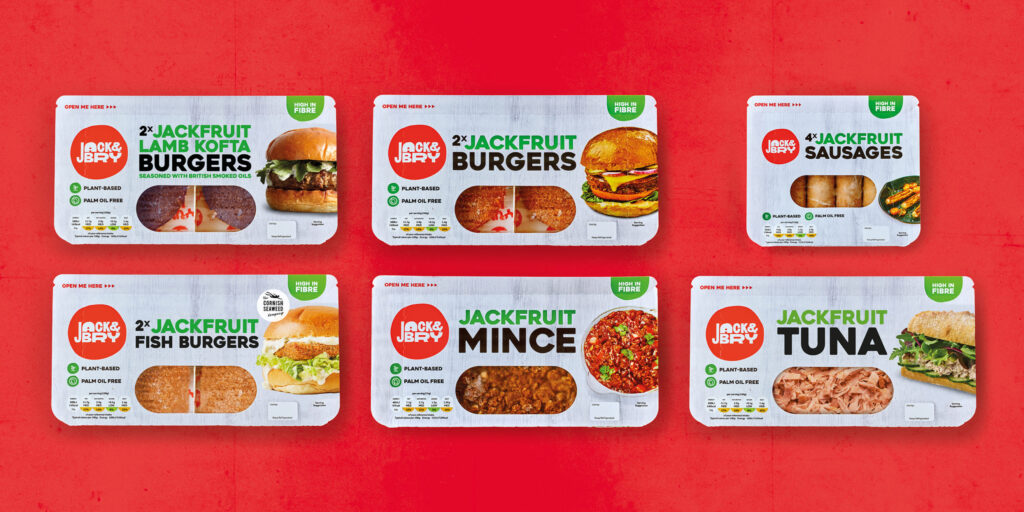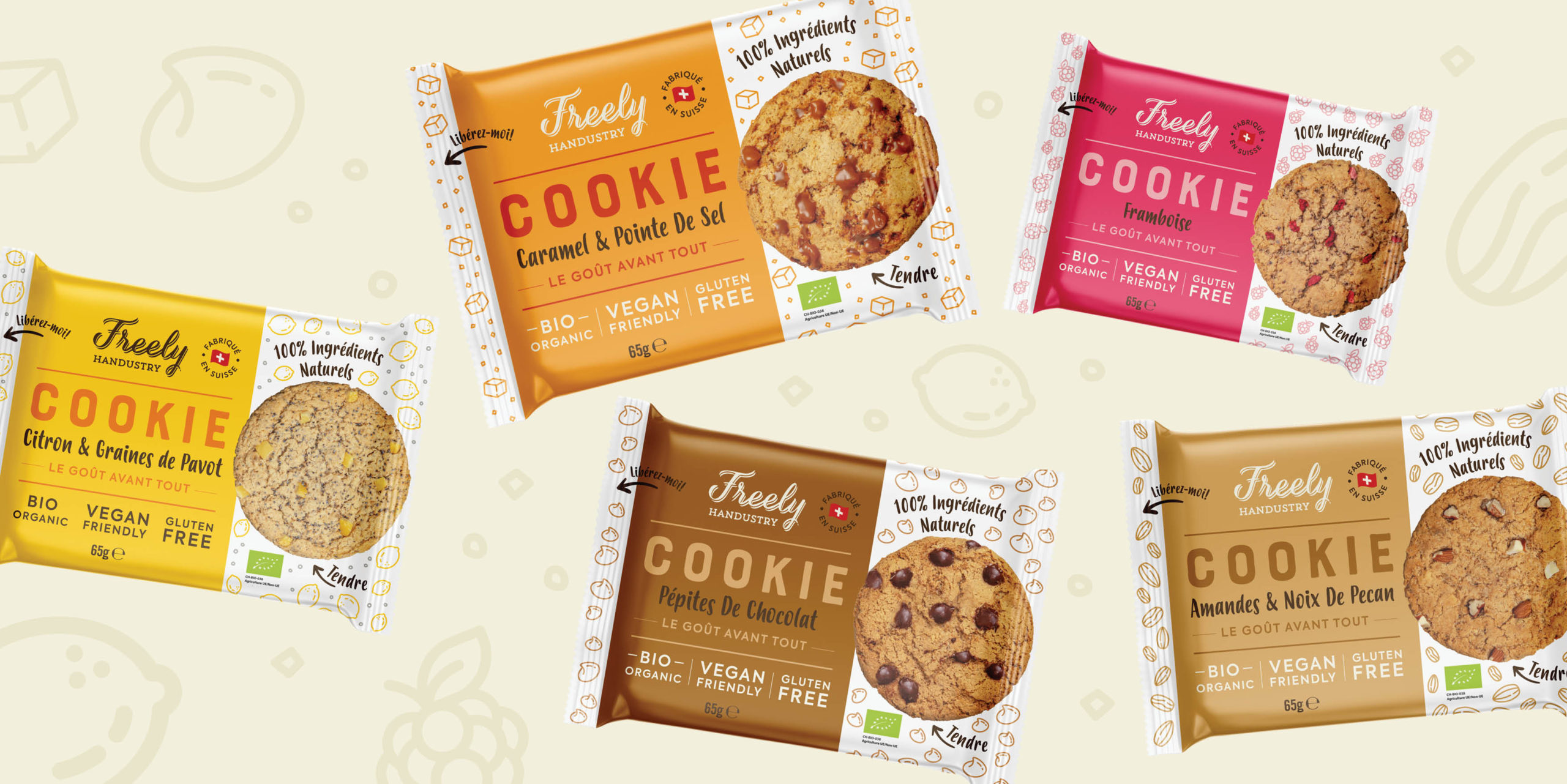When it comes to creating effective packaging design, it is essential to consider both Form and Function.
What makes for great packaging is open to much discussion, but everyone is more than aware of bad packaging.
Ensure that you create the very best packaging possible by considering our top 10 tips for effective packaging design:
Form
- Design with customers’ expectations & wants in mind
- Get your copy right before the design
- Consider your competitors
- Allow for brand extension
- Consider the different markets you will appear in
Function
- Ensure the pack is tailored to the product
- User-friendliness at heart
- Reflect on the environment and be eco-friendly considerations
- Deliver, Preserve and protect
- Make it shelf-ready and suitable for shipping

Form
The packaging design defines its look and feels and needs to engage the customer immediately and make them want to know more. This first impression needs to speak to their wants and needs and assuage any issues or concerns they may have.
To do this:
Design with customers’ expectations & wants in mind
Know your customers, who they are and how they see the world. Only then can you create a packaging design that appeals to their desires and fulfils their needs whilst minimising any barriers to them purchasing your product?
Put the customer at the heart of your proposition.
Get your copy right before the design
A stitch in time saves nine, and getting your copy written and agreed upon before the design stage means you can save time and money without compromising on quality.
There is always room for adjustments, but these should ensure you have the best design solution and not a concession to make copy fit.
Keep copy brief and to the point for more significant impact, and avoid unnecessary text that may take up valuable space.
Carefully composed copy is key to great package design.
Consider your competitors
Visualise brands your product will sit next to and how your design can differentiate you from them. There may be particular colours or styles that are prevalent in that sector that you may want to conform to or deliberately contrast with. Make that a choice you define.
Stand out from the crowd or blend in. Make it your decision.
Allow for brand extension
Is this a new product in a new market, a new product in an existing market, an existing product in a new market or an existing brand in an existing market? Each should affect the design accordingly. For example, this could be a new flavour of an existing product – a great packaging design will have considered this and allowed for this before it is needed.
Consider future developments and how they may affect your design.
Consider the different markets you will appear in
As part of planning for growth, you need to consider success in new markets and how that can be supported or allowed in your current design.
Opportunities should be moved on quickly and more likely if you do not have to redesign your package to fit into a new market.
Many household brands grow to great lengths to ensure that brand names and packaging are applicable in shops in the UK and Europe or the US.
Plan for success and ensure packaging will not hold you back.

Function:
The physical structure and construction need to be considered to ensure your product is capable of standing up to the demands of customers and suppliers. To do this:
Ensure the pack is tailored to the product
Your packaging design can get your customer to pick it up, but if there is any disconnect between the packaging and the product, you will create distrust and confusion.
Using a pack that was designed for a different product but with a different design says something about your product and could easily compromise a sale.
Ensure the pack complements the design and the product.
User-friendliness at heart
Everyone knows of packaging that seems to aggravate more than please, from packs that tear too easily and spill the product everywhere to the opposite, where getting to the product seems impossible.
Make sure your brand promise extends beyond purchase to make sure that customers will return or recommend it.
Make it easy for your customer to get to the product.
Reflect environment and be eco-friendly considerations
Recycling packaging is now an everyday part of people’s lives, and there are ever-growing pressures to ensure you recycle as much as possible.
Ensure you make the consumer aware of what is recyclable and what isn’t to help them do their bit. Lack of guidance leads to distrust and may damage your brand.
Be clear and confident about your environmental credentials.
Deliver, Preserve and Protect
Never forget the primary purpose of a package is to contain and protect the contents at every stage of the buying process. If packaging fails to do this, all other considerations become moot, as a customer will not purchase or a buyer won’t stock.
Make sure your packaging fulfils its purpose.
Make it shelf-ready and suitable for shipping.
To ensure that a retailer will stock your product will, in part, be defined by their ability to store and shelve the product physically. Excellent packaging design needs to consider the shipping needs and their ability to be sold. Barcodes, allergen information, etc., need to be carefully considered, and shipping packs must make the pallet and shelf transition as quick and easy as possible.
Consider the whole journey of your product, not just the shelf.
